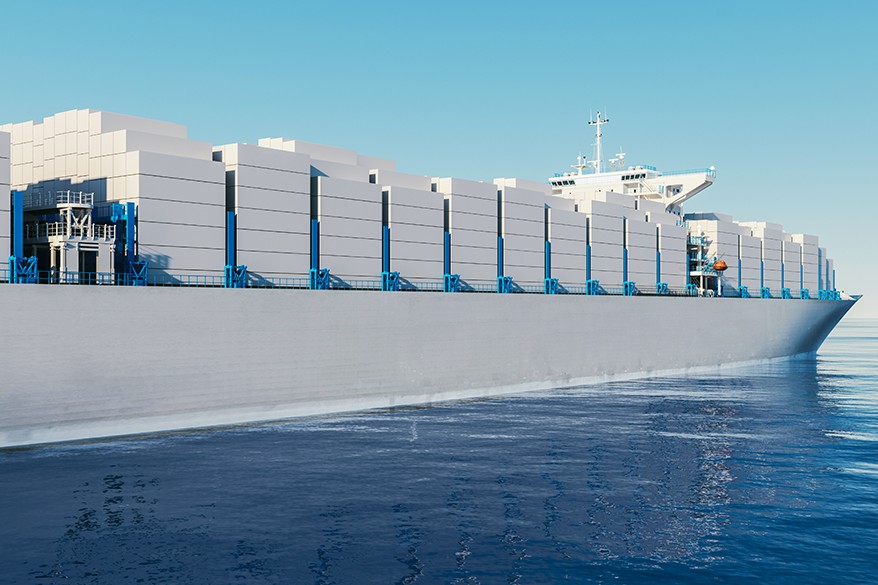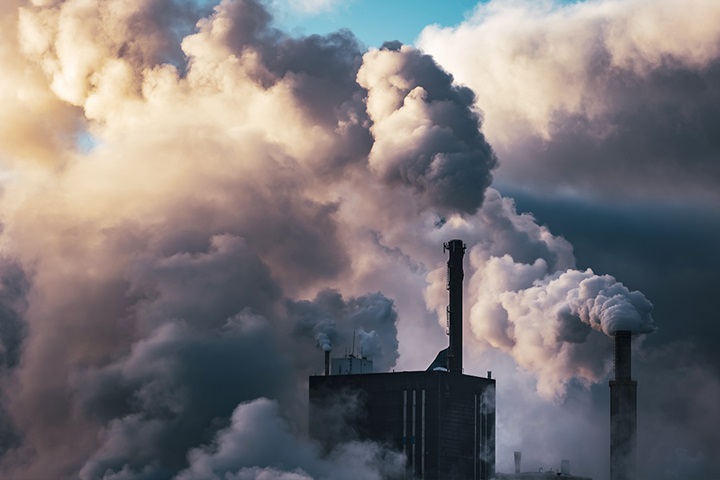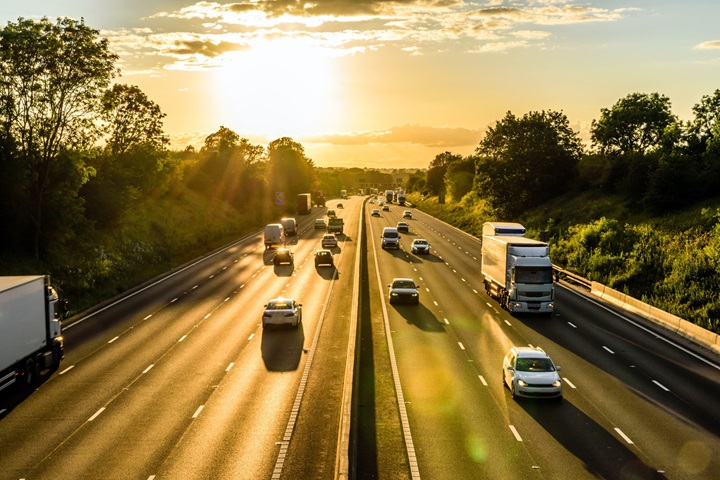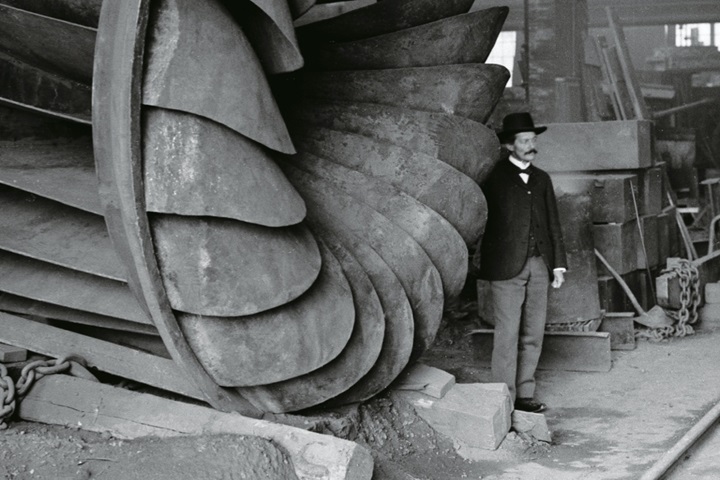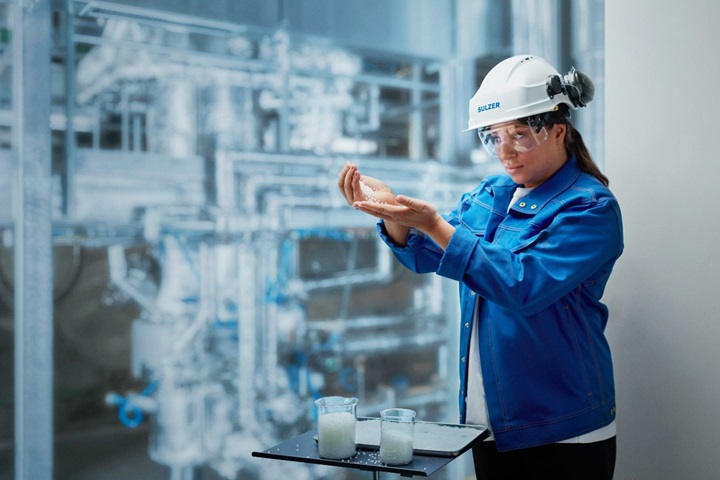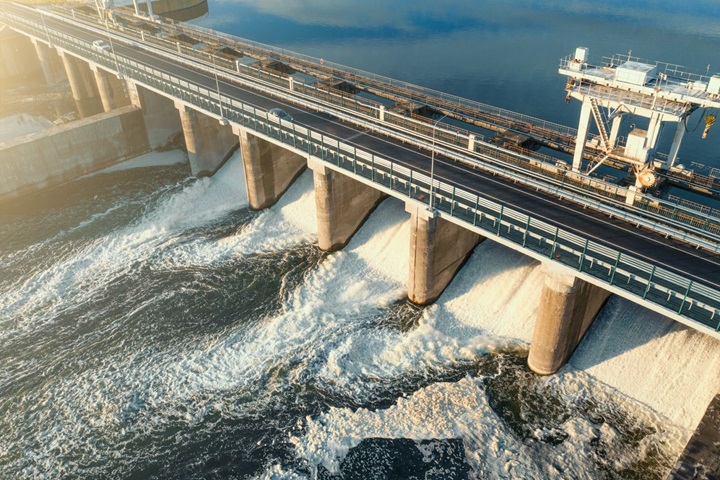Renewable energy installations are a critical part of the transition to clean technologies and global strategies to reach net zero. The International Energy Agency (IEA) estimates that the share of renewables in global electricity generation jumped to 29% in 20201. Wind in particular saw a significant increase, rising by 275 TWh (+17%) year on year, followed by solar which rose by 145 TWh (+12%). The IEA expects this trend to continue and accelerate in the coming years, with renewables set to account for almost 95% of the increase in global power capacity through to 2026.
However, there are two major issues confronting the large-scale adoption of renewable energy installations like wind and solar. The first is the key challenge of the variable nature of their supply, which is caused by changing weather conditions. We cannot control when the wind will blow and the sun will shine, which results in an uneven flow of electricity that does not respond to the needs of the grid. The second challenge is transport – electricity requires significant, costly and material-rich infrastructure to transport it over long distances. This traditionally creates a barrier to building large-scale solar or wind farms in deserts or offshore, where sun and wind are in abundance, and then transporting the electricity over long distances to the point of need.
Storing renewable energy
However, Sulzer has been developing solutions to these two issues in collaboration with its customers. For example, Sulzer is supporting a ground-breaking offshore energy storage project from FLASC power, a renewable energy company based in the Netherlands. FLASC’s vision is to store renewable energy where it is produced and deliver it later to consumers to meet peak demand times, thereby turning an intermittent renewable resource into a predictable source of clean energy.
Sulzer is delivering a customized solution that stores the renewable energy in the form of high-pressure air and water, to be released on demand. In essence, water is pumped into multiple vessels that contain air, causing the air pressure to increase. This pumping process is repeated until the vessels are filled with a mixture of air at extremely high pressure and water. When the energy is required by the grid, the water is released at high speeds through a hydraulic turbine, generating electricity for delivery to the grid.
The main components of this system are the pumps and hydraulic turbines that are used to pressurize the air, capturing, storing, and then releasing the generated energy. Sulzer locations around the world have been working to develop a highly specialized package of products that can be connected together to deliver a scalable platform that is both energy‑efficient and cost‑effective, enabling FLASC to deliver on its vision of a reliable supply of clean energy.
Decarbonizing shipping with green methanol
Additionally, as an alternate method of storage for renewable energy, Sulzer is supporting European Energy with the construction of the world’s first large-scale commercial e-methanol plant. European Energy is applying an innovative process to convert renewable electricity from solar panels or wind turbines, among others, into another form of energy that is easier to store, namely e-methanol. The plant in Kassø, Aabenraa, located in the southern part of Denmark, will be supplied with power from the adjacent 300 MW solar park owned by European Energy. It represents the first step in bringing this e-fuel to market at scale to support the maritime and road transportation industries as well as the chemical sector.
